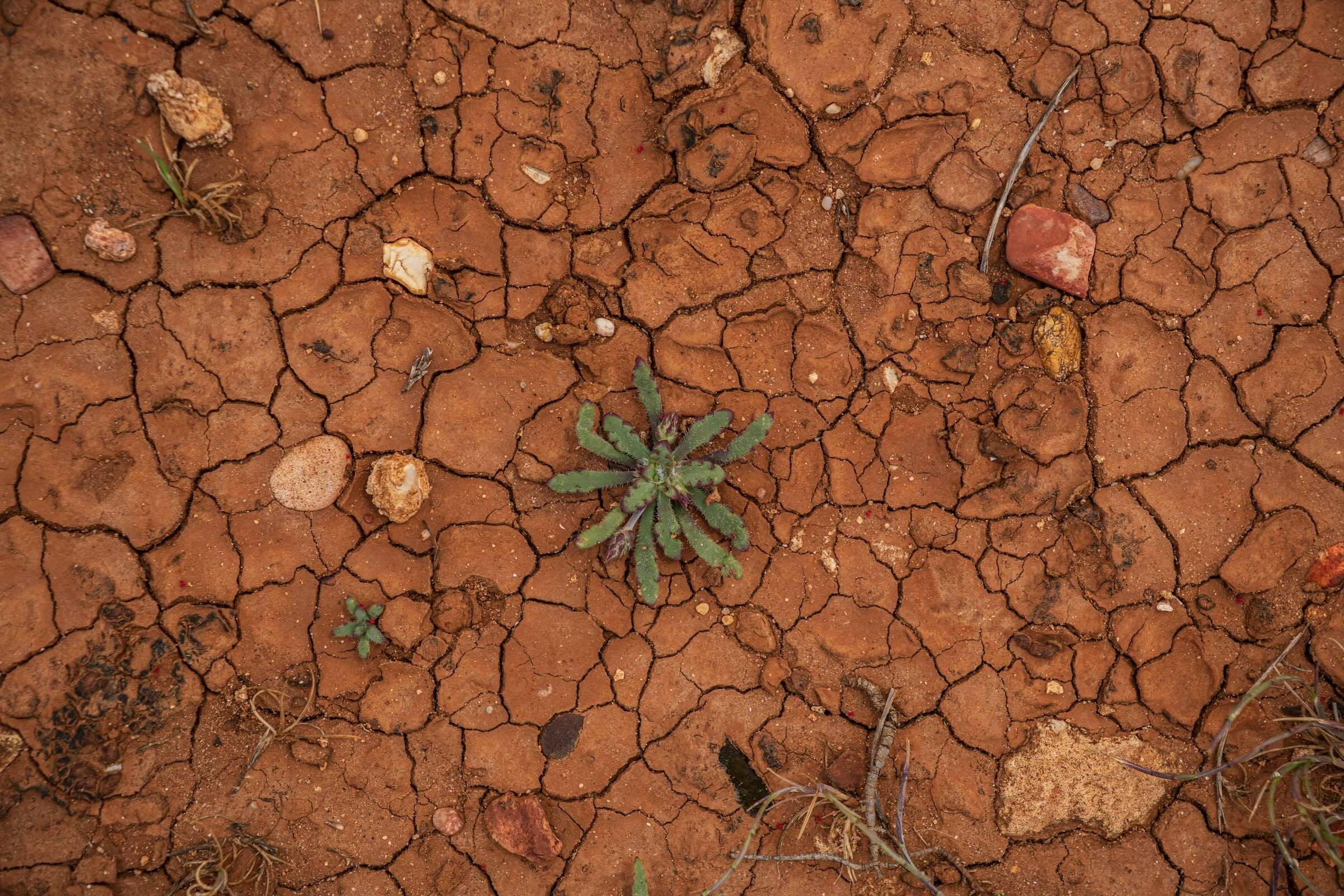The IEA, which is an autonomous intergovernmental organization that works to promote energy security, economic growth, and environmental sustainability among its member countries, first published its roadmap for the energy sector to net zero emissions by 2050 in May 2021. In this report the IEA set out a pathway for the global energy industry to support the Paris Agreement’s objective of limiting the global temperature increase to 1.5°C above pre-industrial levels.
The roadmap is intended to help policymakers, regulators and other key bodies make science-based decisions to deliver a just energy transition aligned with the Paris Agreement. Since 2021, changes in geopolitics and improvements in new technologies mean that a new roadmap, published in September 2023 is leaving room for both new-found optimism and also continuing caution about what lies ahead.
The 2023 report explores a scenario that could save 12 trillion USD, cumulatively, in terms of energy system operating costs, by 2050. It would also ensure universal access to modern forms of energy by 2030. Promisingly, the technologies needed to deliver these gains and almost two-thirds of the emissions reductions needed through to 2050 already exist today.
IEA Executive Director Fatih Birol stated, “Keeping alive the goal of limiting global warming to 1.5°C requires the world to come together quickly. The good news is we know what we need to do – and how to do it. Our 2023 Net Zero Roadmap, based on the latest data and analysis, shows a path forward. But we also have a very clear message: Strong international cooperation is crucial to success. Governments need to separate climate from geopolitics, given the scale of the challenge at hand.”
What has changed from 2021?
“The biggest change to the 2021 report is the downgrading of carbon capture, hydrogen and bioenergy, and the upgrade awarded to renewables, efficiency and electrification,” says Dave Jones, global insights lead at Ember – a London-based energy think tank – and a peer reviewer of the report.
Other commentators have also highlighted the differences between the two reports. According to Megan Darby of Climate Home News, “Three years ago […] Even its ‘sustainable development scenario’ saw growing demand for fossil gas – which oil majors seized on to justify exploration. Its green recovery report made no reference to the goals of the Paris Agreement. Modellers leaned heavily on carbon capture and storage to make the numbers add up. Now, the agency could not be clearer: there is no room for new fossil fuel production in a 1.5°C-aligned world. Each successive report is more boosterish of renewables and sceptical of fossil-friendly technofixes.”
IEA Executive Director Dr. Fatih Birol commented, “Removing carbon from the atmosphere is very costly. We must do everything possible to stop putting it there in the first place. The pathway to 1.5°C has narrowed in the past two years, but clean energy technologies are keeping it open. With international momentum building behind key global targets such as tripling renewable capacity and doubling energy efficiency by 2030, which would together lead to a stronger decline in fossil fuel demand this decade, the COP28 climate summit in Dubai is a vital opportunity to commit to stronger ambition and implementation in the remaining years of this critical decade.”
According to Jones there are other major shifts from the 2021 report. First and foremost the 2023 report makes it the priorities needed to reach our climate goals a lot more clear and specific. These are outlined as: “Ramping up renewables, improving energy efficiency, cutting methane emissions and increasing electrification with technologies available today deliver more than 80% of the emissions reductions needed by 2030.”
In particular, tripling renewables and doubling energy efficiency are seen as the two main contributions to meeting 2030 targets, which will set the cornerstones to reducing fossil fuel use by two thirds by 2035, and therefore put the world on course for net zero by 2050.
Another significant change is that in the IEA’s 2021 Net Zero Roadmap, it was projected that more than half of the emissions reductions beyond 2030 would come from technologies that were not yet available in the market. According to the IEA, this percentage has decreased to 35% due to robust advancements in innovation.
According to climate scientist Simon Evans, “In just two years, the IEA says, clean technologies have matured so that only a third of emissions cuts needed to reach net-zero globally by 2050 are due to come from those at prototype or demonstration stage, down from around a half in 2021”, he writes in his detailed twitter thread that deconstructs the new report.
Indeed, IEA says we already have way too much fossil fuel infrastructure to stay below 1.5C
We've missed the chance to avoid hard choices, it says, & wld need to close some stuff early to keep on track, esp coal-fired power (brown in chart)
Did someone say "stranded assets"? pic.twitter.com/tiarsxQoMh
— Simon Evans (@DrSimEvans) September 26, 2023
Perhaps less encouragingly, the new IEA roadmap also has higher emissions in the short term than 2021 due to Covid rebound and lack of short term action. To counter this and get on track by 2030 it reveals that we will need three times the renewables, two times the energy efficiency, a 75% reduction in methane emissions and a 25% fossil fuel use reduction. No mean feat.
Cause for optimism
One of the main causes for optimism in the new report is the way renewable energy has outpaced predicted growth. In Fiona Harvey’s interview with Fatih Birol for The Guardian, this is emphasized.
“Despite the scale of the challenges, I feel more optimistic than I felt two years ago,” he says in the interview. “Solar photovoltaic installations and electric vehicle sales are perfectly in line with what we said they should be, to be on track to reach net zero by 2050, and thus stay within 1.5C. Clean energy investments in the last two years have seen a staggering 40% increase the past two years.”
On the other hand the challenges remaining are still massive. Greenhouse gas emissions from the energy sector are described by Birol as being “still stubbornly high”, and that the consequences of climate change on our planetary system are still advancing “at frightening speed”.
According to Zellman Warhaft, professor emeritus of mechanical and aerospace engineering and a member of the Atkinson Center for Sustainable Energy at Cornell University, when talking to Al Jazeera: “What sticks out is what is missing [from the report] Nothing on agriculture, nothing on fertiliser … nothing on social change such as consumption of red meat,” says Warhaft.
“A lot of the [IEA] calculation is based on how much mitigation we have to do based on the climate we have today,” he continues in the interview. “But it’s quite clear that cities are flooding, there are bigger hurricanes. There’s no addressing how much the production of concrete will have to increase to address adaptation.”
Although he also concedes that “It’s incredibly important to be aggressively optimistic as well as realistic. Unless people have hope they shut down altogether.”
Furthermore, representatives of the oil and gas sector have been vocal in their criticism of the report’s call for divestment in new fossil fuel projects. The Organization of the Petroleum Exporting Countries (OPEC) commented that putting a stop to investment in new oil and gas projects would set up the global energy system to fail “spectacularly.”
“It would lead to energy chaos on a potentially unprecedented scale, with dire consequences for economies and billions of people across the world,” Haitham Al Ghais, OPEC’s secretary-general, said in a statement.
Yet, according to Dean Cooper, Global Energy Lead at WWF: “The updated IEA Net Zero report, published today, underlines the stark truth that governments and other stakeholders must finally acknowledge. We must take dramatic action now. We cannot develop new upstream oil and gas projects – they will cause lasting damage to our climate, and are not needed. Neither are new coal mines, mine extensions or new unabated coal plants.”
“What we do need is to accelerate the scaling up of solar and wind energy and commitment from financiers, public and private, to enable this. We must ensure that there is agreement at COP28 on a global renewable energy goal, and work together to phase out fossil fuels with a definitive timeline. Anything delaying coordinated global action will cause great harm to people, nature, and our planet.”






